If you’ve been calling up your same dealer for over a decade, who offers potent, skunky weed for $5 a gram, why would you bother switching over to Canada’s new regulated cannabis market?
That’s a question industry players should have focused on when the Cannabis Act passed on Oct. 17, 2018, according to Michael Armstrong, an associate professor at Brock University.
In those early days, the professor says corporate cannabis was too busy bragging about square meters of growing space rather than zeroing in on what consumers actually want: cheap, quality weed.

Hexo Corp. was the first to launch a value brand into Canada’s legal weed market last October. The 28-gram Original Stash product runs for $4.49 a gram in Quebec. Press photo
But after numerous quarters of disappointing sales, more licensed producers are introducing bulk-priced “value brands” to lure consumers from the country’s still-thriving illicit market.
According to Statistics Canada’s most recent data, the average price of regulated cannabis goes for $10.30 per gram while underground sellers offer products 44 per cent cheaper at $5.73 a gram.
Read more: Illicit pot market now 44% cheaper than legal industry: StatsCan
The federal agency also noted in February that only 29 per cent of cannabis users buy from legal Canadian sources.
Ottawa-based Hexo, Corp. (TSX: HEXO) launched its 28-gram low-cost Original Stash product into its home province last October at a price of $4.49 a gram. Today, around a dozen other companies offer a value product as the segment continues to trend upwards.
“We know that in order to attract consumers who are new to the legal market, we have to offer products that remove any barriers to entry and make it worthwhile to switch,” a Hexo spokesperson said.
For Armstrong, a close watcher of Canada’s legal weed industry, every major producer should have a budget brand on the market by now. He says offering a cheap cannabis product — which he defines as having a retail price of around $5 a gram — is even more important today as COVID-19 continues to slam Canada’s economy.
“Going into a recession people have less money to spend, so they have to cut back somewhere,” Armstrong said in a phone interview. “So if you’re a large producer, I think it’s pretty much mandatory that you have some value-priced product.”

Village Farms reported a production cost of $0.88 a gram at its Pure Sunfarms cannabis operations located in Delta, British Columbia. Press Photo
As value segment grows, producers focus on increased efficiency
Industry giant Canopy Growth Corp. (TSX: WEED) recently said that not more than four or five months ago, the value product category held 6 per cent share of the market share, but it now makes up 20 per cent.
On May 29, the world’s largest pot company admitted in its fourth-quarter earnings call it “missed opportunities” to meet the growing consumer demand for cheap cannabis.
It was only in late March that Canopy started to sell two separate 28-gram bulk products in Quebec that cost $5.53 a gram on average. Company executives said they plan on being competitive in the category and will enter new provinces in the coming weeks.
The industry’s disappointing results have caused many large companies to part ways with their original maverick leaders, including Canopy with the ousting of its founder Bruce Linton last July.
Armstrong said now that those entrepreneurial types are being replaced with former executives from major consumer packaged goods companies, the legal industry will progress faster towards lowering production costs while focusing on efficiency. He added that legal players should be aiming to keep growing costs below $1 a gram in order to compete with the illicit market while maintaining decent margins.

Pure Sunfarms introduced 28-gram bulk packages into Ontario and BC recreational cannabis markets in March. The product is listed as the cheapest on both province’s online portals at $4.20 a gram. Press photo
The cheapest weed available on the Ontario Cannabis Store’s website comes from British Columbia-based Pure Sunfarms, which offers two 28-gram products that average out to $4.20 a gram. The producer’s parent company, Village Farms International, Inc. (TSX: VFF), is a veteran vegetable grower that recorded an all-in cultivation cost of $0.88 a gram in its latest quarter for its weed business.
Aurora Cannabis, Inc. (TSX: ACB), which also saw its founder Terry Booth exit in February, claims to have the lowest indoor production in the industry at $0.85 a gram in its last quarter.
“Production has always been a strength of ours,” an Aurora spokesperson said. “So I think we’re well positioned to capitalize on this particular value brand category, perhaps more so than any other LP.”
In February, the titan launched its value brand, Daily Special, which currently runs for $5 a gram in Ontario but in smaller options ranging from 3.5—15 grams.
The company said in its latest quarter it was the top selling flower brand in March and April in the province. Shares of Aurora have more than doubled since it reported a 15 per cent quarter-over-quarter jump in sales on May 15.
“As long as we continue to be very competitively priced, hopefully the sky’s the limit,” said Michelle Tafler, senior director of branding for Aurora.

Photo by Vaporvanity via Wikimedia Commons
Are more Canadians toking during the pandemic?
Tafler, who helped bring Daily Special to life, said the low-cost product line was designed to attract consumers from the grey market but she said it will probably entice more value-conscious consumers in a recession.
And it appears all the stress of the pandemic is causing more people to buy legal weed.
Statistics Canada recorded $181 million in legal cannabis sales for March, up 19 per cent from the prior month, as Canadians appeared to load up on weed as stay-at-home orders began.
Cannabis data firm Akerna also reported last month that legal sales increased by 20 per cent in Q1 2020, over Q4 2019.
And a recent Deloitte survey found 29 per cent of Canadian cannabis users are blazing more weed than before the pandemic, while 16 per cent say they’re using pot for the first time to help cope with pandemic-related stress.
Price is nice, but ‘quality is king’
While the crisis may present opportunity for producers to boost sales, companies have to also keep improving quality in order to lure a bigger chunk of the country’s tokers, Armstrong said.

In March, Canopy Growth Corp. introduced its Twd.28 value product on Quebec’s online portal société québécoise du cannabis. Press photo
Three-quarters of Canadians cited quality and safety as the most important factor when purchasing cannabis, while 42 per cent mainly considered price, according to a Stats Can survey published last August.
“In cannabis, above all else, quality is king,” said Adam Greenblatt, Canopy’s business development lead.
Greenblatt said in the value segment the percentage of THC tends to take precedence over look and smell in a purchase decision.
Canopy’s value brand Twd.28 offers a wide THC count of 13–25 per cent.
Aurora touts Daily Special, with a THC range 15–21 per cent, as being one of the most potent in the low-cost category. Meanwhile, Hexo told Mugglehead they’ve increased Original Stash to 14–20 per cent and will be launching a new product line called OS Reserve “very soon” that will have a THC potency of 20–27 per cent.
The Green Organic Dutchman Holdings, Ltd. (TSX: TGOD) recently introduced a value product called Highly Dutch with a THC content of 16–22 per cent. The product was first launched in Quebec last week with a retail price of $5.18 a gram.
“It’s the first certified organic 28-gram product in Canada, it targets daily users and will help convert illicit market to safe legal sources by offering high-quality cannabis at an accessible price,” TGOD spokesperson Sebastien Bouchard said in an email.
Value brands still face strict rules and retail dearth
While Canada’s strict rules prevent legal weed operators from advertising, Armstrong said the value brands have likely been gaining attention from consumers just based on matching illicit market prices.
“Given the strict regulations around cannabis marketing, it is very difficult to reach those consumers,” Hexo told Mugglehead. “So we rely on one of the most powerful forms of marketing: word of mouth.”
Armstrong says although Canada’s legal weed regime has received a lot of criticism, including from himself, he says it’s been success overall considering it’s the first G7 nation to take on federal cannabis legalization.
He said the legal industry winning over a third of Canadian consumers in the first year was a good start. But he said value products and further focus on quality should help companies convert almost another third of the market this year.

Alberta-based High Tide Inc. opened a Canna Cabana location in Niagara Falls, Ontario on May 4, 2020. (signage mock-up) (CNW Group/High Tide Inc.)
“The other piece of the puzzle, especially here in Ontario, is we need more stores,” he said. “And that will help with our overall national sales statistics along with the big producers because Ontario represents 35—40 per cent of the market.”
Ontario currently has 71 legal cannabis stores to serve its 14.5 million people, with another 339 “in progress.”
Armstrong noted Ontario is now issuing five new cannabis retail licences a week. The rollout is slower than what was earlier hoped for, but still better than when COVID-19 ground the initiative to a halt.
Armstrong said if Ontario, and all of Canada, shaped its legal cannabis market to be similar to Prince Edward Island’s, it will achieve greater success. He estimates 80 per cent of all cannabis sales in PEI are done through the regulated market. That’s due to a high ratio of stores and low prices, he said.
“If they can do that, then getting consumers to switch over it’s just matter of getting them to break their habits; instead of calling their guy all the time they’ll be calling the provincial store or drop by their local store in person,” he said.
Top image via Reddit user taylorchong
jared@mugglehead.com
@JaredGnam

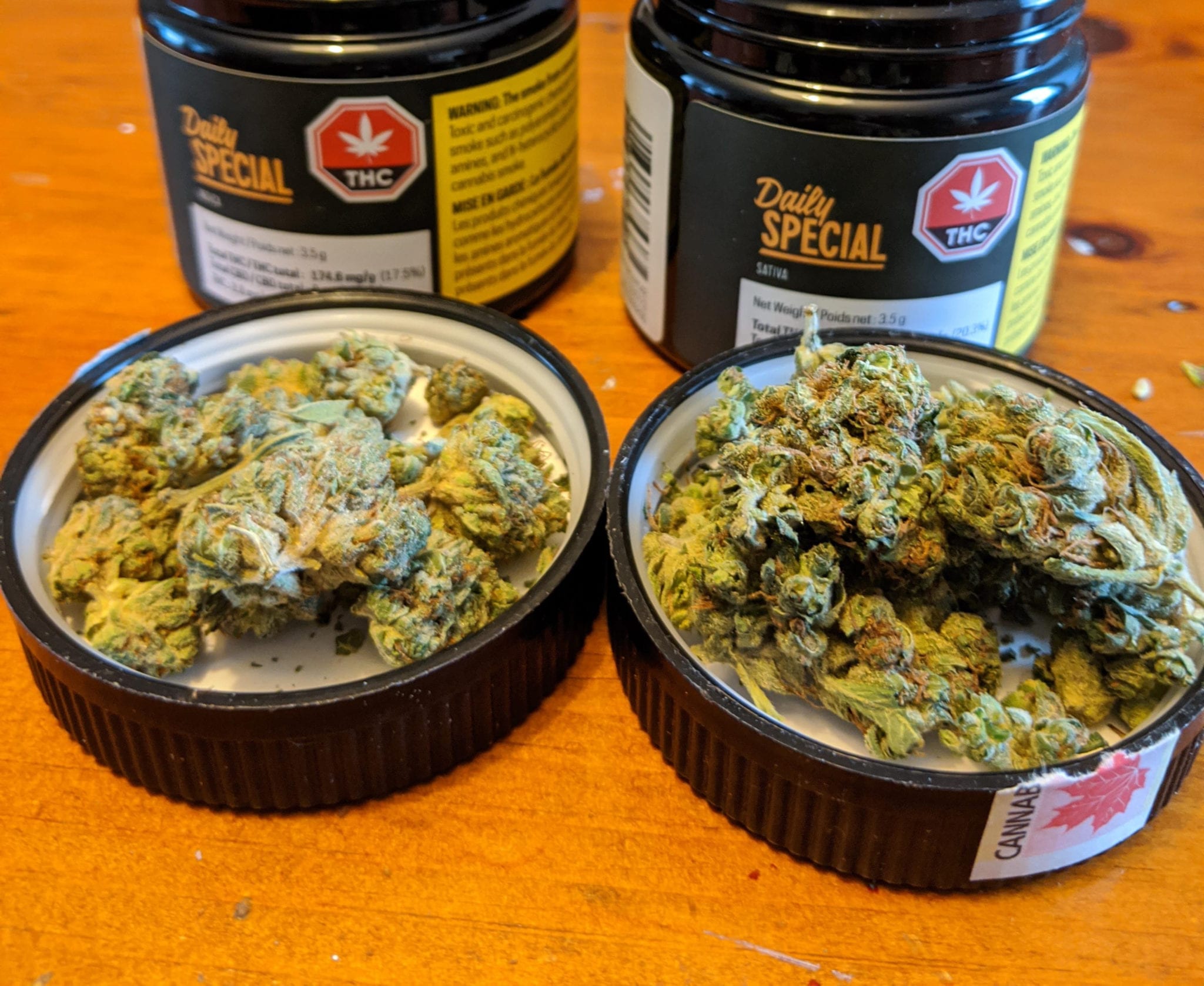





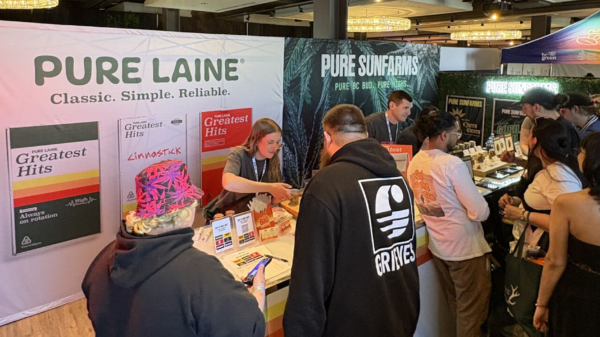



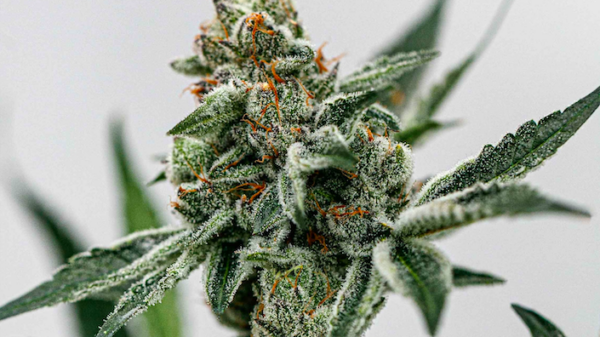
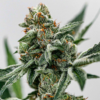
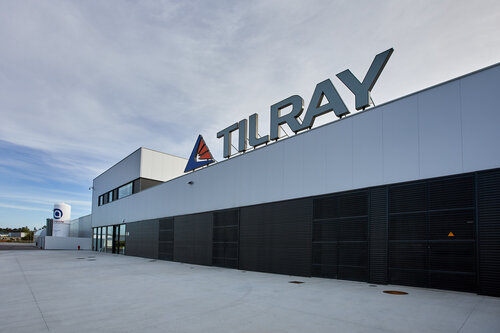

Allan G. Keough
June 7, 2020 at 9:40 am
What if your dealer has potent non skunky weed?